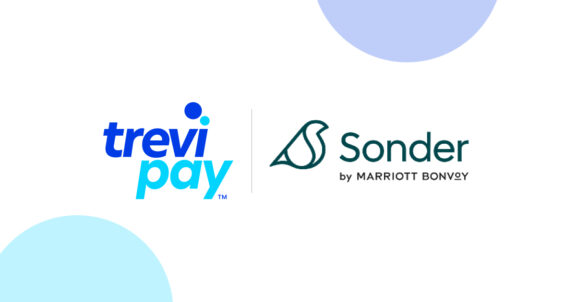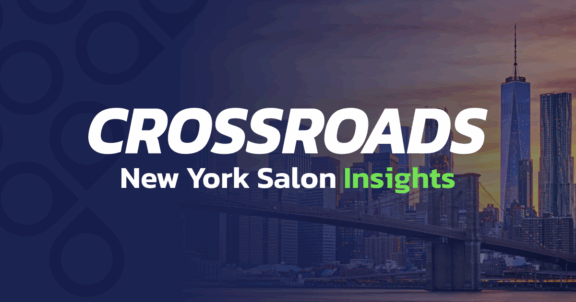James Mackie, an Aftermarket Advisor to the Automotive and Heavy Commercial Industries, has vast international expertise within the Original Equipment Manufacturers (OEM) and Suppliers (OES) industry. His professional journey includes stints at esteemed companies such as Ford Motor Company, PACCAR and JOST during his career in the U.K. and Australia.
Similarities Across Geographies in the OEM Landscape: U.S., Europe and Australia
Four-Way Partnership
In the Heavy Commercial Industry, there is a close relationship and collaboration between the OEM, OES, distributor and fleet operator. These relationships are built on mutual trust, open communication and a shared commitment to innovation and continuous improvement. OES proactively push high-quality products to the OEM production lines, as well as through aftermarket distributors, ensuring wide parts availability and brand visibility. Meanwhile, compelling marketing, innovation and exceptional relationships with end-customers (who ultimately specify the OES product for their trucks and trailers) drives customer loyalty. This dynamic feedback loop fosters growth, brand loyalty and long-term success. The push and pull strategy is crucial for long-term success in this industry.
Shortage of Skilled Labor
One of the most pressing challenges in the automotive industry worldwide is the shortage of skilled labor. While the scarcity of drivers is a well-known fact, the technical side is also feeling the effects. With an estimated shortage of 30,000 technicians, the issue poses a critical challenge for manufacturers, their dealer networks and fleet operators. The industry is responding with initiatives such as skilled migration, improved engagement with schools, colleges and trade-apprenticeship programs, as well as innovative promotions and partnerships to address the problem. Moreover, streamlining business processes becomes essential to alleviate the pressure caused by the shortage.
How Australia Differs from U.S. and Europe
Due to high barriers of entry, the major OEM truck brands manufactured in their own regions tend to dominate markets in Europe, Asia and North America. In contrast, nearly all these same truck brands are present in Australia. This is paradoxical: Australia is a fraction of the market size but with nearly the same land mass; it has different legislative and technical frameworks particularly regarding width, mass and emissions meaning that some of the latest OEM truck technologies are excluded from our market. Taken in combination, Australia is regarded as a tough market by global OEMs because it requires a highly focused Australian presence to be competitive. This means that Australian-based companies often have more autonomy and flexibility in decision-making compared to their counterparts elsewhere in the world who may receive more direct guidance from their head offices.
Australia’s large landmass:
Australia’s vast territory with a concentrated population in a few major cities presents challenges for logistics and delivery for national account programs. In Europe, a part can be delivered to 90% of dealer locations in less than 24 hours. However, in Australia, the delivery from Melbourne to Western Australia can take a week by land and up to two days even by air, leading to a longer breakdown period and losses for fleets. Given these logistical challenges, navigating the complexities of cross-border transactions is crucial for OEMs and distributors aiming to optimize supply chains and ensure timely deliveries across diverse regions. Fleet operators must carefully consider the availability and accessibility of maintenance and support infrastructure, such as service centers, repair facilities and parts distribution networks. OEM and dealerships need to have a system in place for planning and establishing contract pricing and service level agreements to make sure that any area of Australia will get access to the right parts at the negotiated price.
Proliferation of Smaller Fleets
Australia has fewer big fleets compared to Europe, the U.K. or the U.S. In Australia, the largest fleets make up less than 5% of the total truck fleet and the vast majority of fleets consist of only one to five vehicles. Dealers work with a large number of less sophisticated fleets, with fewer staff and limited access to technology. This can slow down the service time and lead to errors in administration. Dealers and OEMs must focus on providing tailored solutions to cater to the unique needs of these smaller fleets, ensuring efficient service delivery and customer satisfaction.
Future Changes: Electric Trucks
The introduction of electric trucks has significant implications for the relationship between manufacturers and dealers. Electric trucks come with a significantly higher capital cost compared to traditional internal combustion engine (ICE) trucks, making the cost of changing from ICE to electric too high of a hurdle for smaller operators. However, it is hoped that electric trucks will have lower fuel, maintenance, repair and servicing costs, leading to reduced overall ownership expenses. This shift in cost dynamics may affect the profitability of after-sales services, which has traditionally been a significant revenue generator for dealers and Original Equipment Manufacturers. One other major hurdle facing the adoption of electric trucks is the considerable distances covering the Australian continent and the challenges in arranging adequate charging infrastructure. The distance from Melbourne to Sydney is about 900 kilometers (it’s about the same from Sydney to Brisbane by the way) and that’s just a tiny portion of the country’s landmass. But currently, electric trucks only get a max charge of around 300 kilometers.
Opportunities Abound in Australia
The close collaboration between manufacturers, their dealers, distributors and customers is key to success. Additionally, addressing the shortage of skilled labor, adapting to the unique Australian market and preparing for the potential shift to electric trucks will define the future of the industry in this vast and diverse country. With the right strategies and cooperation, Australia’s automotive industry is poised for a period of considerable transformation to serve the needs of its customers efficiently.






